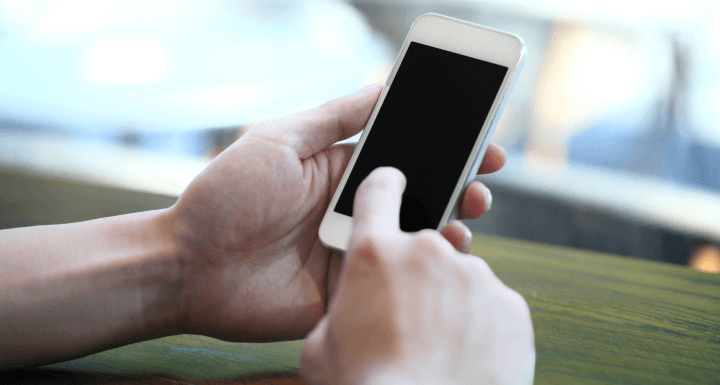
Perspectives on Diabetes Care
This is the official blog of the Association of Diabetes Care & Education Specialists where we share recent research and professional opinions on diabetes care and education.
Current & Past ADCES Blog Articles
Texting for Titration
Aug 27, 2015, 17:01 PM

T
echnology is something I’ve always been amazed by and love when it intersects with health management. A study published this month in the
Journal of Medical Internet Research this month called "The Mobile Insulin Titration Intervention (MITI) Study: Innovative chronic disease management of diabetes” caught my eye. So many times I see studies and they have a cool new gadget, app on a smartphone or computer software that can do really neat things. For those of us who have educated low-income patients with diabetes, some of those tools may not be attainable or a priority to our patients. This study just used simple text messages and most low-income patients have some sort of mobile device with text messaging ability. I was hooked and wanted to know more!
Natalie Levy, who led the study, is head of Bellevue Hospital’s Diabetes Program with the New York University School of Medicine. They see mostly low-income patients and they would start on a low-dose of insulin and their dose was titrated up based on their blood sugars. A three to four month window may pass between visits for patients and they would be on a very slow titration path. I have many years’ experience working with low-income patients through public health and it was very common for patients not to show for their appointments due to transportation and time away from work. There were also various social issues they would be more demanding and take priority over their personal health. Having a means to communicate with patients in between visits can really accelerate care.
For 12 weeks, they took 33 patients and sent them a daily text in the morning to check their blood sugar. They would text back their results. Nurses reviewed the data daily on the web to look for values outside of the target range. Then, once a week the nurse would talk to the patient to adjust their insulin dose as needed. Another group of 27 patients received the standard care and just titrated their insulin with in-person office visits. They found that the text message group had an 88% success rate and were able to reach their target blood sugar goals versus a 37% success rate with the regular office visits.
Additional benefits to the low-income patient that came from the text message group were less co-pays and less office visits. The patients also found themselves a lot more accountable for their own health since they received daily reminders as well as weekly feedback. Giving patients the ability to have a greater participation in their health management is so empowering for them. I love the simplicity and accessibility of texting with patients. Hopefully we will see more of this in the future, especially for our low-income patients. Bellevue is looking into improving security for sending secure health information over text messages. Has your office tried something like this before using text messages? If so, please share below!